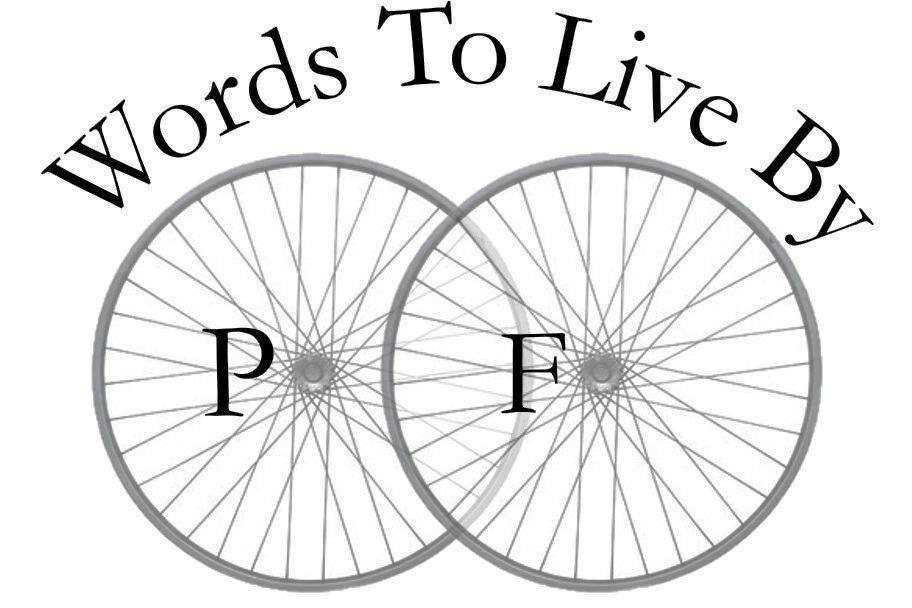Restoration
Has a 1993 Bianchi Nyala ever been restored? I think not. It’s nearly a quarter century old. When does an object become vintage? At what age an antique? Is affected insincerity required, because this project is irony-free. There is no statement, only utility. There is no cool factor, only the convenience of materials on hand.
It’s not a fixie. It’s not an artwork. It’s not precious. It is useful. It is bulletproof. It is comfortable.
There is nothing wrong with that.
All the stuff I bought was from Velo Orange. I think they’re selling value components, done right. I wonder, as I do about so many places, about the business model and how it works. I hope it’s making money for good people.
I got a new bottom bracket with sealed bearings for under $40. I estimate the spinning resistance of the axle is reduced by a third. It spins smoove indeed.
New canti brakes that, as you would expect, came with new unhardened brake pads. The components themselves featured fine adjustments to center and dial-in the posts precisely and, thus, improving performance markedly. These changes of course meant replacement of the OEM parts, a good thing in that the originals were plastic-clad crap.
I do not understand the bicycle business now or then. I suspect Bianchi merely assembled the Nyala after speccing out the parts not on the basis of how it worked, but rather how it fit into a budget to deliver margins and sales volume called for in a project prospectus. I was kind of doing the same thing, without having to worry about profit, only containing costs as effectively as possible and a theoretical minimum standard to meet.
I think I made the right decisions.
The headset – the shiny chrome buffed to a mirrored surface and etched with top-drawer graphics – is the essence of smooth. It looks good and does good. And all for $28. A bargain makes the high-performance action seem even more exceptional.
The shifter mounts – going for a cool $65 – are spendy relative to the other parts going on this bike. Compared to other options for shifting (apart from the no-cost alternative of keeping the untenably ugly, rusting, plastic-swaddled, stubby shifters tenured in the position). The mounts in combination with old Suntour shifters from the origin story of the Cloud Bike do have a certain cache of coolness, of street cred as both a hack as well as the standard vintage hipness.
Refurbished parts are now as clean as the day of manufacture. In addition, they are almost certainly more effectively lubricated. The chain and drivetrain are tuned to A#. Pitting on the cones and races of the hubs are less than ideal, but excessive grease and special combo tightening down to a just-wobbling looseness clamped down to true spinning with a tight quick-release squeeze.
As it came together, I was taken by how this bicycle, these components, this machine was achieving its highest possible function. It may be heavy, but the spinning resistance is as low as it goes at each point. It may feature discredited “advances,” but the elliptical chainrings certainly do no harm and are a great conversation starter. It may not hew to fashion, but it strikes its own distinctive profile and stakes a claim to bespoke virtue.
It’s a high bred hybrid.



